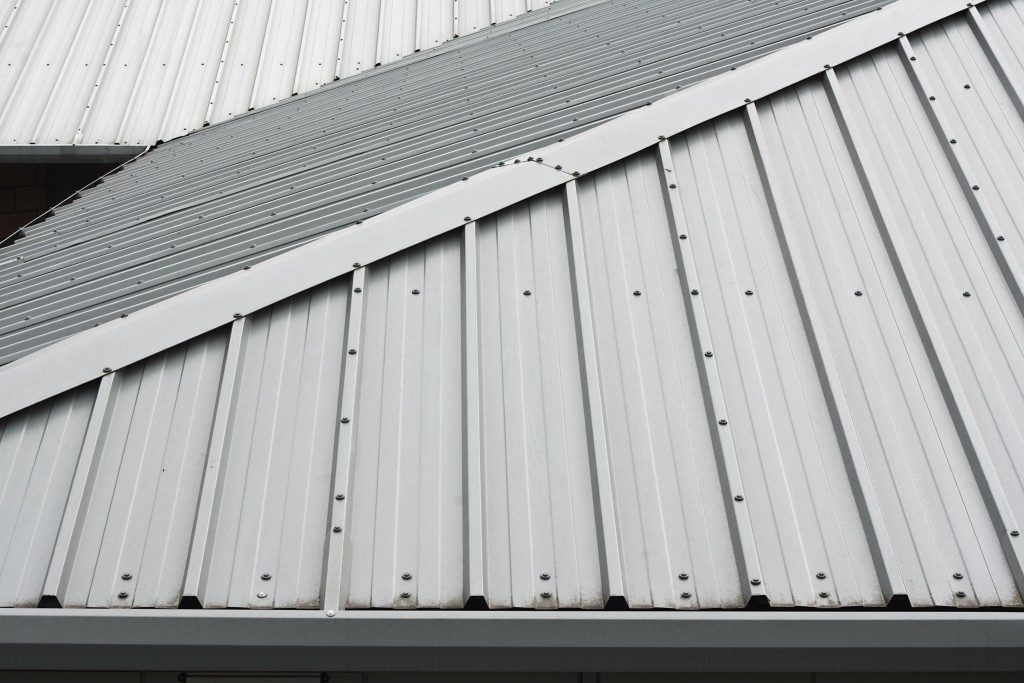Every type of commercial roofing offers different advantages for your building. Choosing the right one can be confusing, however, because each material or installation type shares a lot of similarities. This can be compounded by the fact that most building owners see commercial roofing as an “install-and-forget” affair, not knowing that it needs just as much maintenance as a residential roof.
This blog post has two parts: a discussion of the two most common commercial roofing types and, second, why you need to maintain them.
Common Types of Commercial Roofing
- Built-up Roofing, also known as “tar and gravel” roofing, is one of the famous types of flat roofs in the nation. It has alternating layers of bitumen, usually composed of coal tar, asphalt, or other adhesives. It also has reinforcing fibers to form a tough membrane. Its top layer then can be applied with gravel for improved durability or reflective coating for added energy efficiency. Thanks to its excellent strength, it is the preferred roofing solution for dealing with heavy impact and foot traffic, such as for rooftop restaurants.
- Modified Bitumen Roofing addresses the shortcomings of TPO, EPDM, and PVC membranes and is the closest you can get to an asphalt roof for commercial purposes (bitumen, after all, is another name for asphalt). Made from a multi-ply material, it can resist damage. Its base layer is secured to the roof deck with bars or plates, usually sealed with a ply overlap. Modified bitumen roofs often have a top surface consisting of granules, which make them energy-efficient. Modified bitumen comes in two types: APP (atactic polypropylene) and SBS (styrene-butadiene-styrene) membranes. The former uses a roofing torch for application, while the latter utilizes hot asphalt or cold adhesive. Nevertheless, they both offer superior performance and longevity.
Any commercial flat-roofing contractor knows that no matter how high-quality the roofing material is, it can quickly deteriorate when neglected. Here are a few benefits that maintaining your commercial roof would bring:
Protection for Exterior Spaces
Remember that the roof isn’t the only thing you’re protecting when you do proactive maintenance. Your roofing system shields your building from nature. Protecting it means protecting your siding and foundation, and ultimately, you.
Better Overall Comfort for Tenants
The roofing system plays a significant role in the insulation and ventilation of a commercial building. Both will suffer if your roof is in a state of disrepair. By taking a go-ahead attitude with maintenance, you make workspaces more comfortable and productive.
Cost-effectiveness

Taking the initiative instead of a reactive attempt is a cost-effective course of action and can help you save money in the long run. While some deem it an expense, it helps keep your roofing system in prime condition to endure the daily rigors of weather.
Damage Prevention
Since it’s the building’s first line of defense against inclement weather, it’s only natural for commercial roofing to accumulate damage throughout the year. Maintenance routines can help detect issues early with your commercial roof, allowing you to postpone premature repair work or even a replacement.
Whether you’re using built-up roofing or modified bitumen, having a proactive stance is essential to improve your roof’s lifespan. As a business person, wouldn’t you agree that saving money now is much better than suspending your entire building’s operations for weeks because you need to replace a damaged roof?

